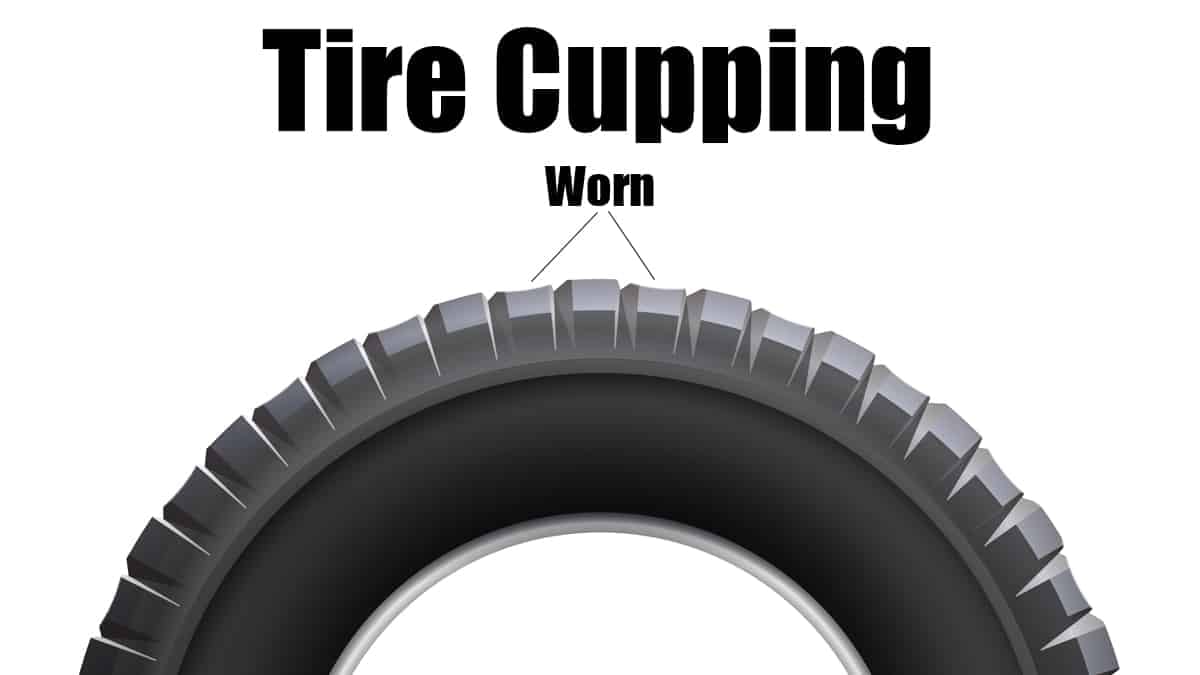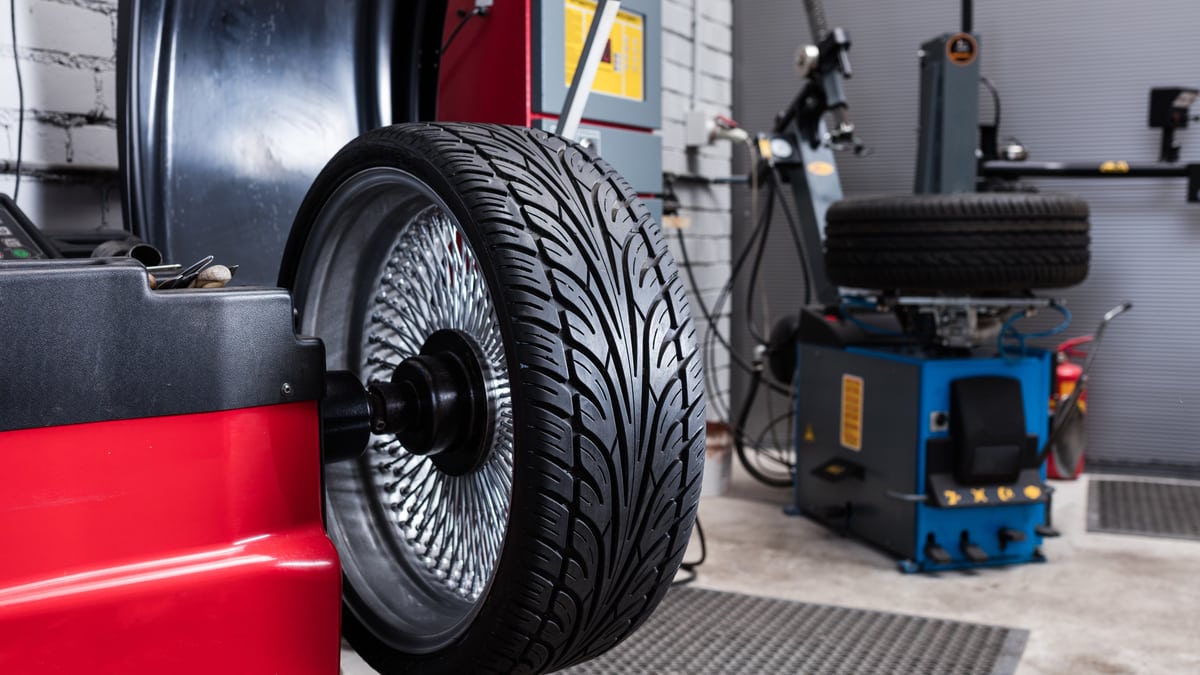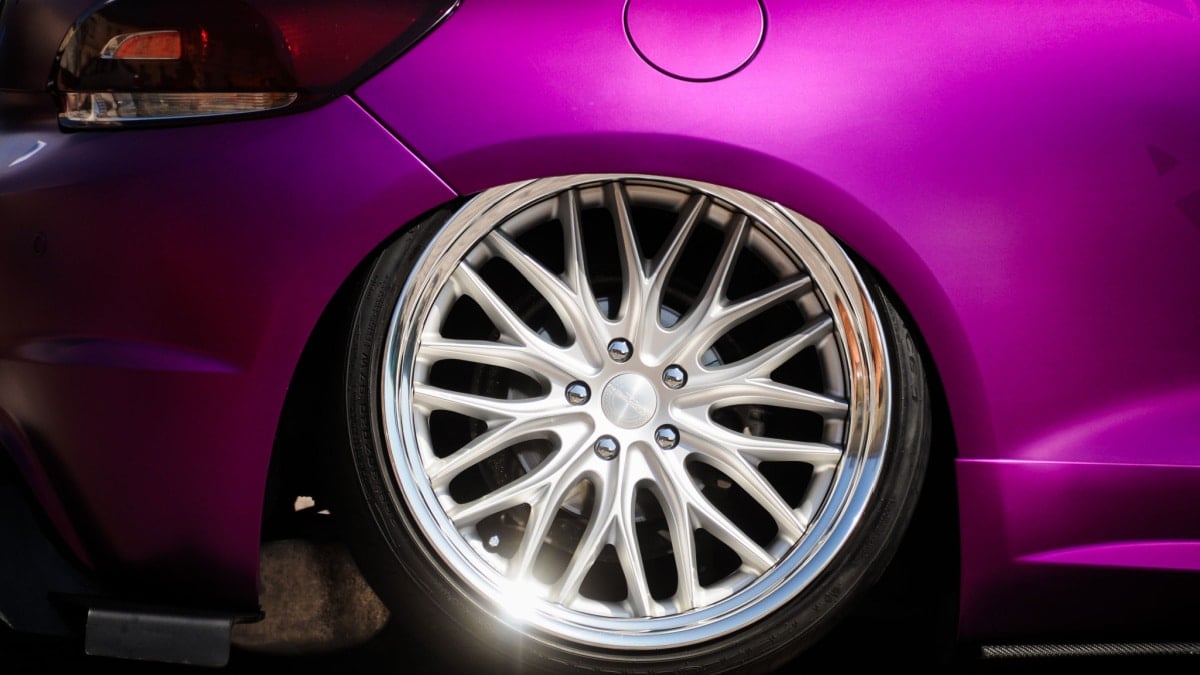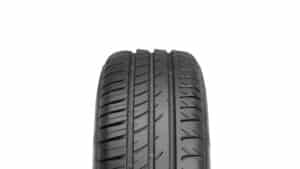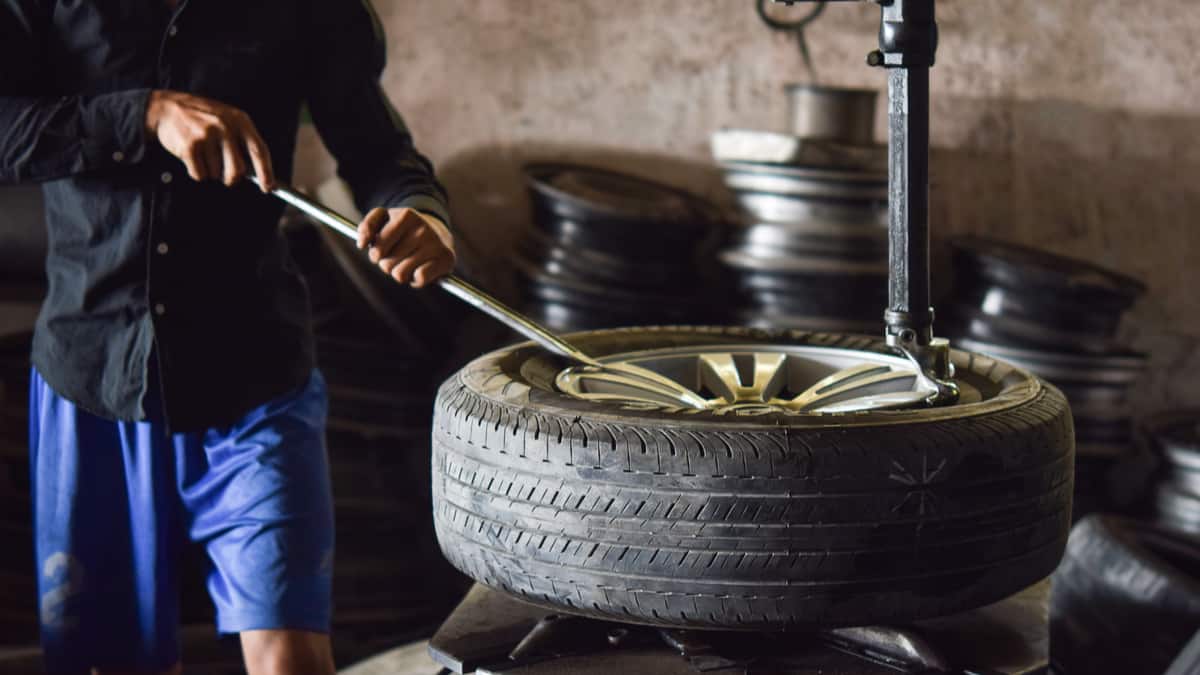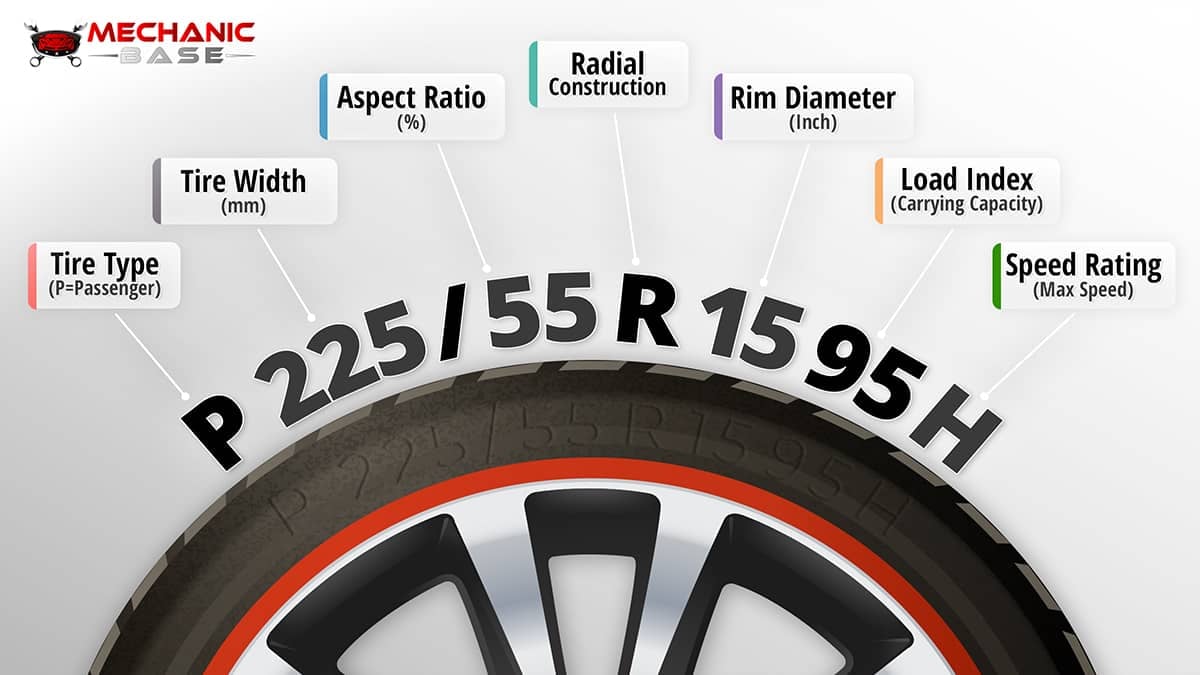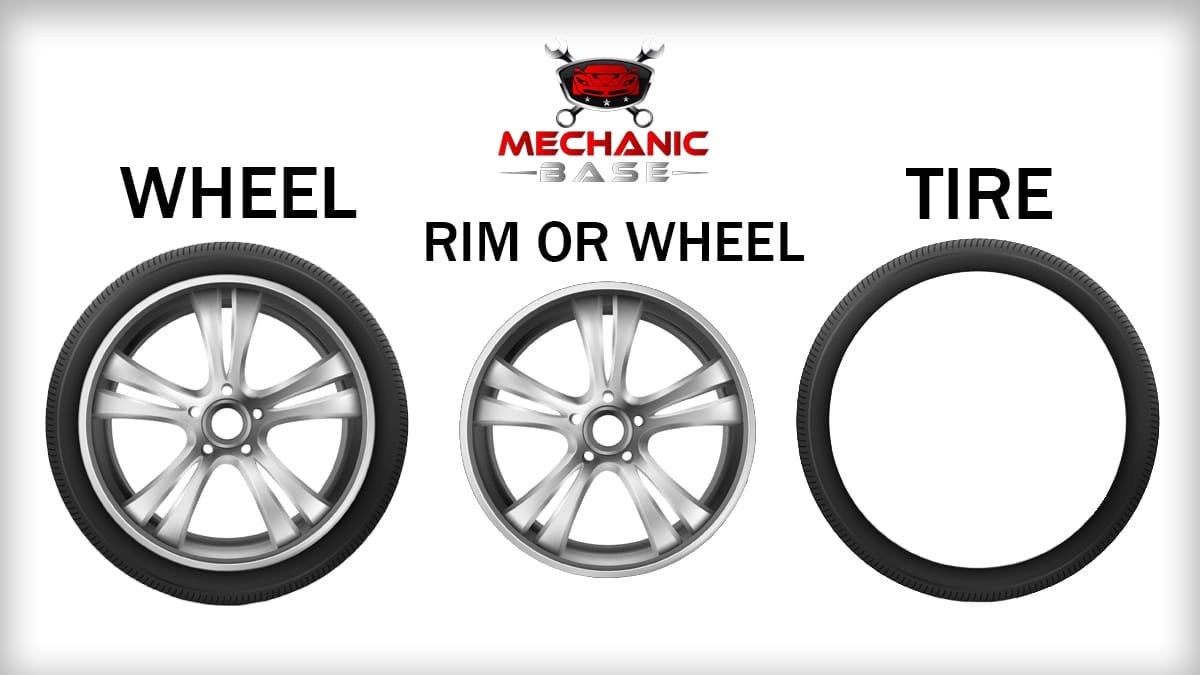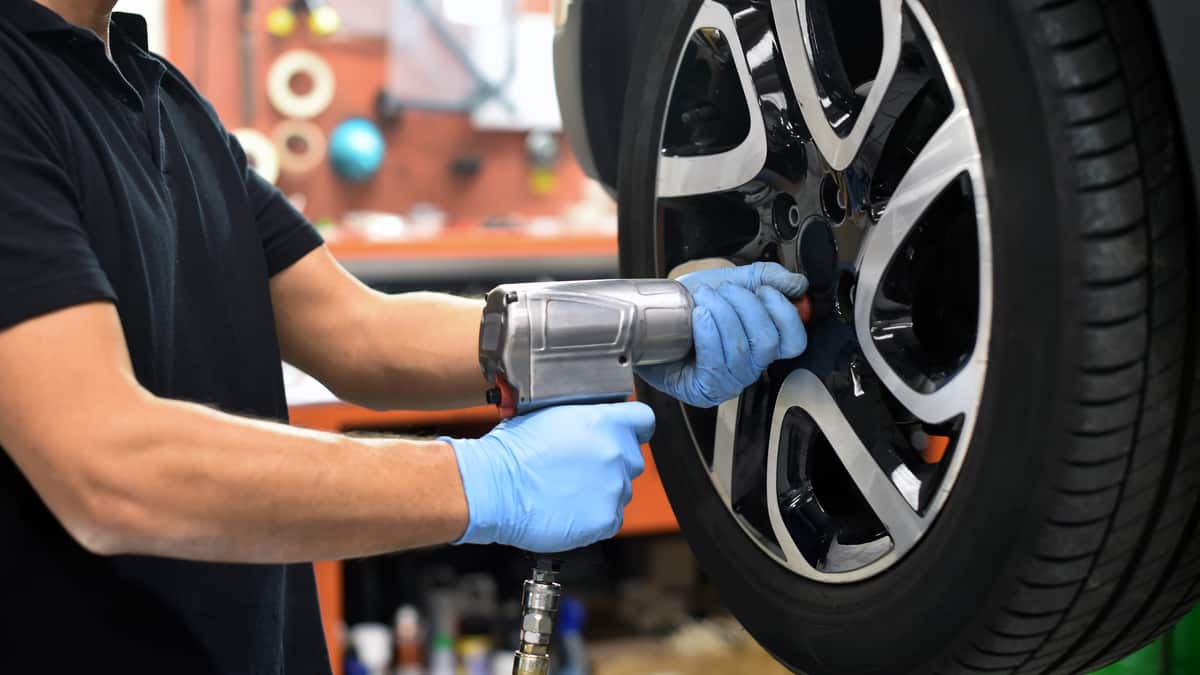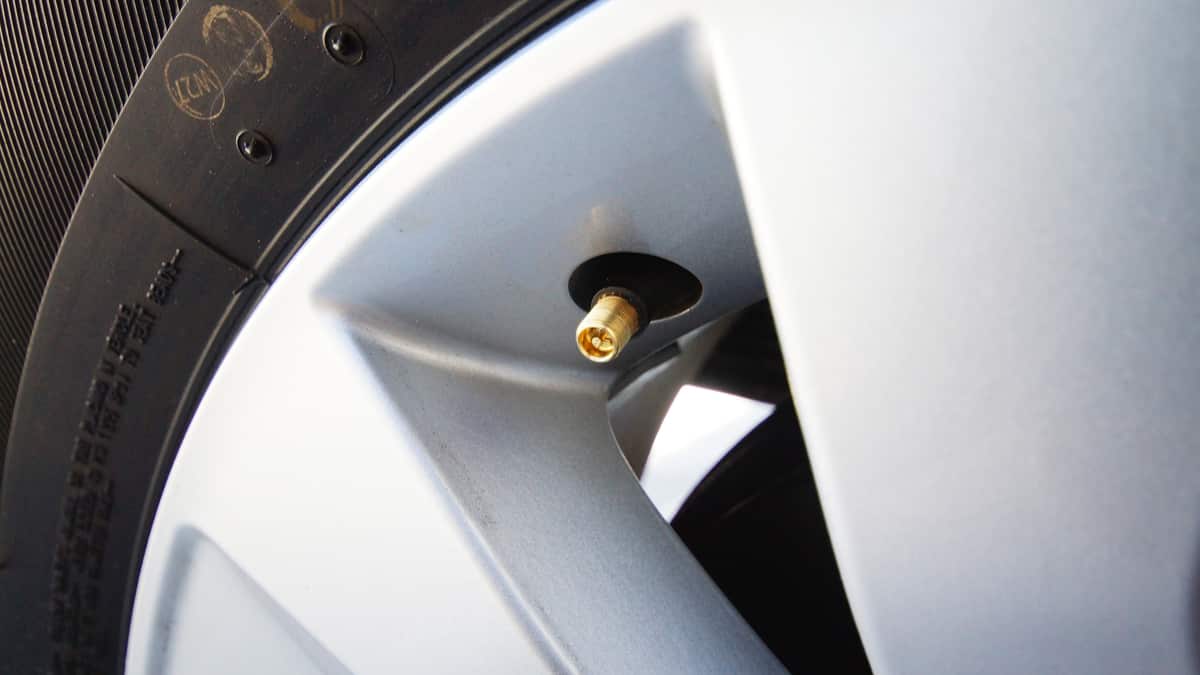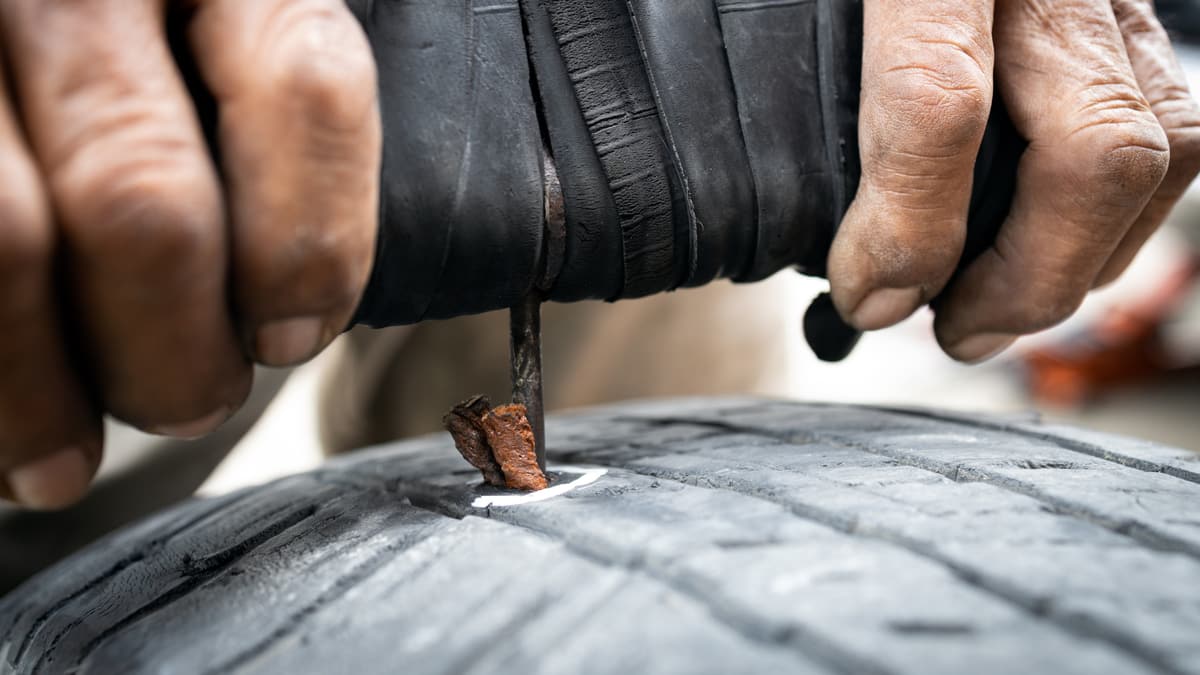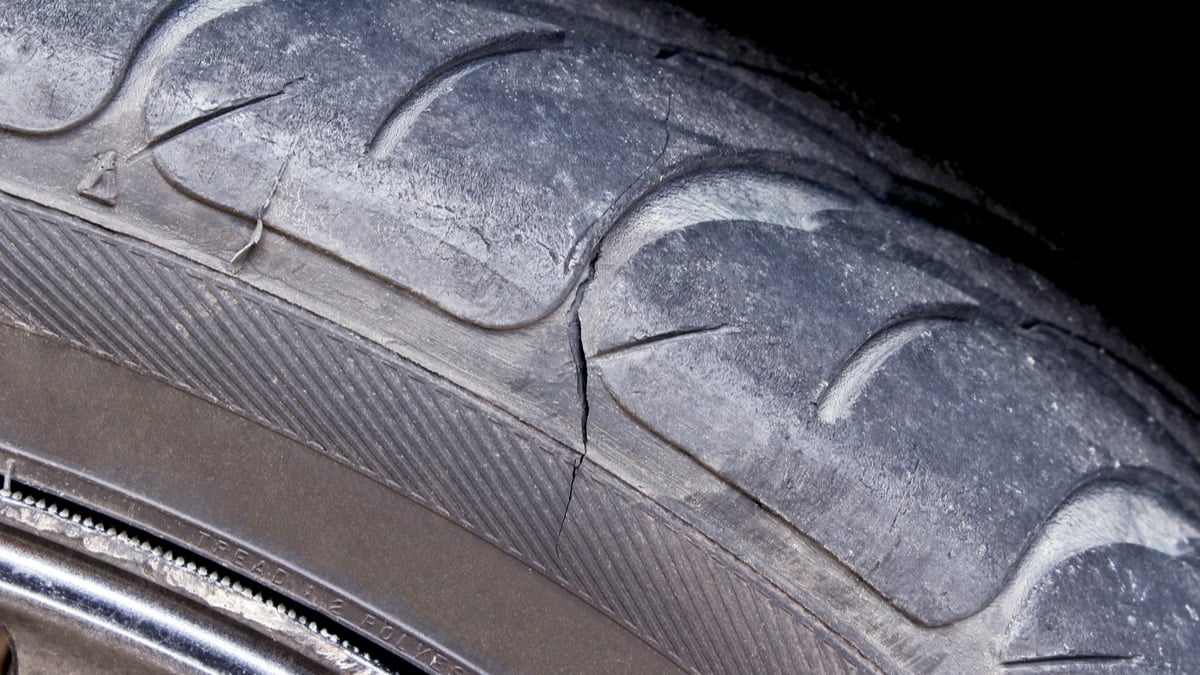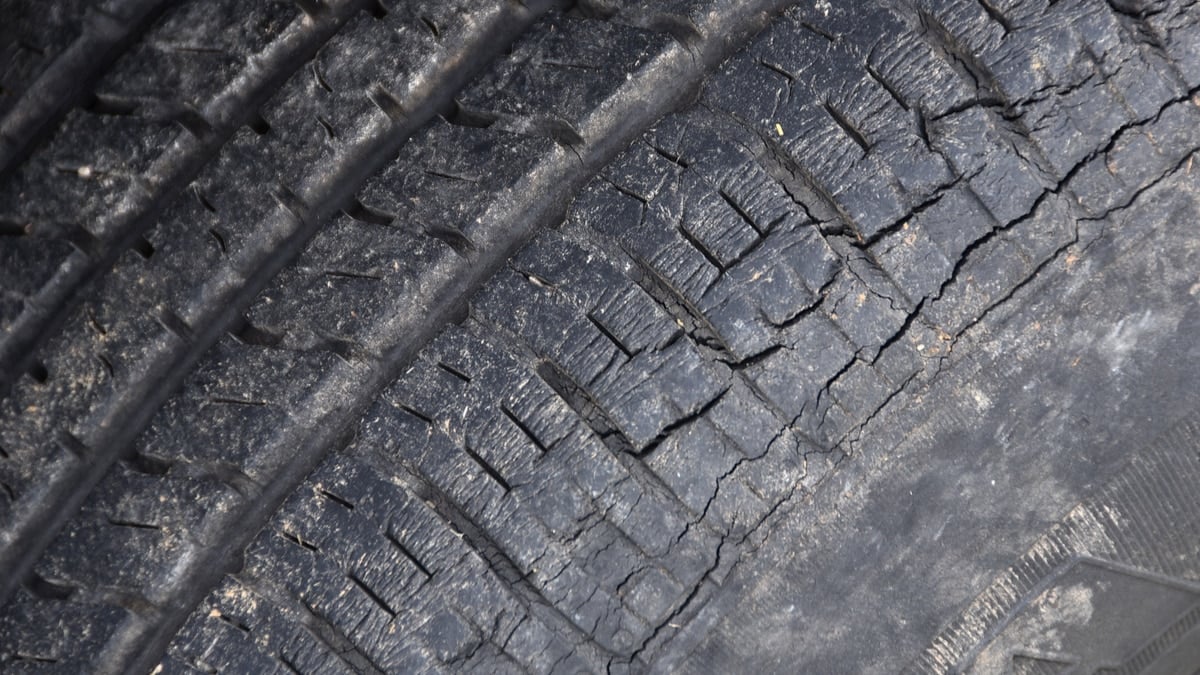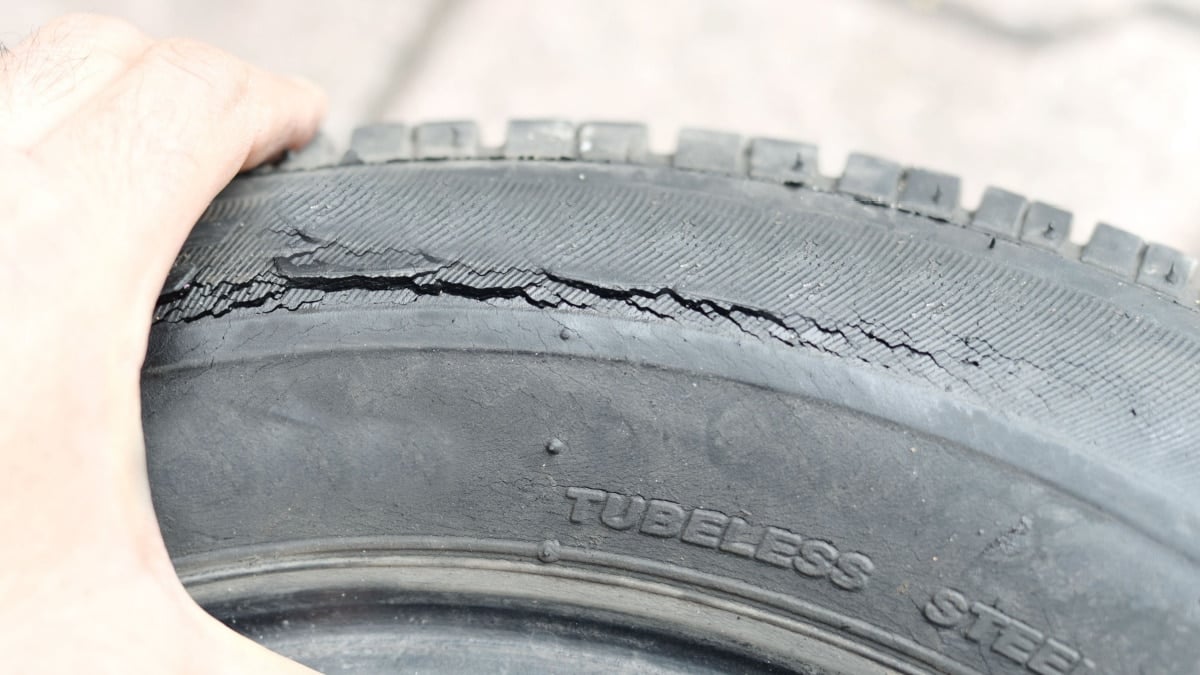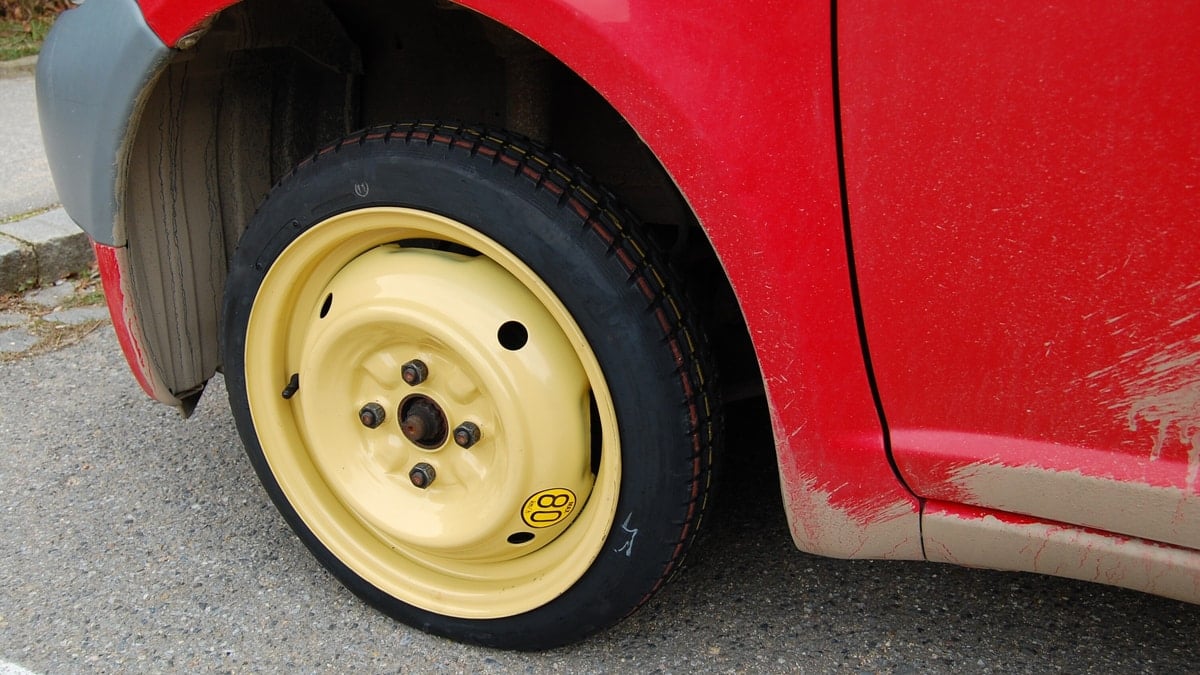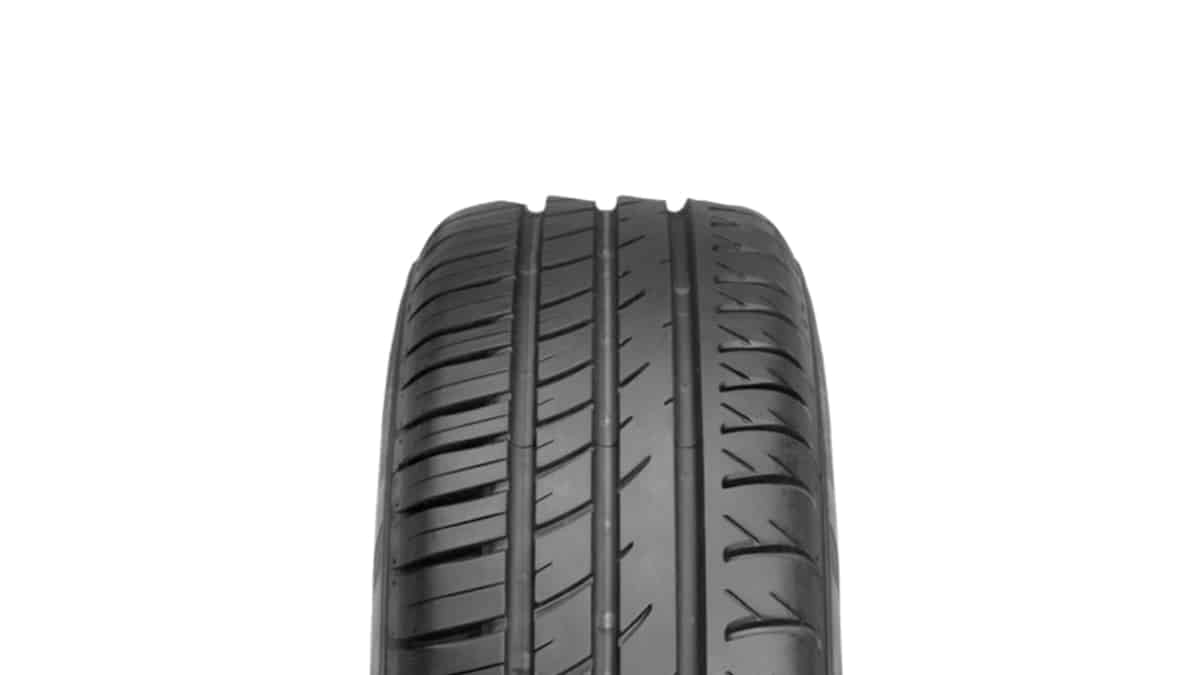If you are regularly checking your car tires, you can find potential problems before they become too dangerous. One issue you want to look for is tire cupping.
If you notice this level of tire scalloping, you want to take prompt steps to correct it immediately. But what could cause tire cupping?
In this guide, we cover the meaning of tire cupping. We also look at what causes it, the problems it creates, and how to prevent it.
What is Tire Cupping?
Tire cupping is a form of uneven tread wear that looks like worn patches amidst tread that looks normal. The cupping occurs because the tires bounce on the road instead of maintaining consistent contact with the road’s surface.
Tire cupping is just one type of irregular wear. It is also referred to diagonal wear, centerline wear, shoulder wear, choppy wear, heel-toe wear, feathering or scalloping of the tires.
Causes of Tire Cupping
Tire cupping is caused by suspension issues or misaligned wheels. It can also be caused by unbalanced tires or damaged wheels. There’s also the possibility that the tires on your vehicle are low-quality and cheap, leading to uneven wear.
Here is a more detailed list of the causes of tire cupping:
1. Worn Suspension Parts
The car suspension is made up of multiple parts that help keep the tires in contact with the road. The struts and shocks are needed in conjunction with the springs to absorb any road imperfections. These parts help the car remain under control, even when there are bumps and dips.
When the parts begin to fail, the tires aren’t going to be controlled as they should. This issue leads the tires to jump on the road, causing wear in certain parts but not others.
Worn shock absorbers, struts, and bushings are the most common parts that could cause in tire cupping. Bad shocks are the most common cause because it will cause the wheels to bounce uncontrolled after each bump.
2. Misaligned Wheels
It’s important to have the wheels aligned regularly to ensure the tire tread wears normally. When the alignment is off, different parts of the tire can wear faster than others.
Wheels can easily become misaligned when you hit a bump or impact an object. Wheel misalignment can also occur over time if you often drive on bumpy roads. Plus, you want to get an alignment whenever you put on new tires or replace any suspension parts.
If you do not make a wheel alignment after replacing suspension parts, it will almost certainly cause misaligned wheels and it will wear down your tires.
READ MORE: 5 Symptoms of a Bad Wheel Alignment
3. Unbalanced Tires/Damaged Wheels
Tires need to be balanced when installed. If the tires aren’t balanced, the spinning action can cause parts of the tire to wear abnormally.
The same is true if the wheels/rims get damaged or bent. The variation in weight of the wheels across the circumference can cause the tires to bounce along the road instead of them riding smoothly.
If you have a shaking steering wheel when driving at higher speeds, there is a risk that your front tires are unbalanced, and if the whole car shakes but not the steering wheel, it is very likely that your rear tires/wheels are unbalanced.
READ MORE: 5 Symptoms of Unbalanced Tires
4. Uninflated Tires
Although tire cupping is most often caused by worn suspension parts, misaligned wheels or unbalanced tires, it can in some cases be caused by underinflated tires.
If you see that the tires are worn on both outer edges of the treads, there is a great risk that you have been driving with underinflated tires for a while. Inflating the tires regularly is cheap and easy and it is something every driver should check at least once a month.
5. Low-Quality Tires
There’s a reason that some tires are cheap and others are costly. It all has to do with the quality of the tire.
Cheap tires are made from low-quality material. The steel belts might offer less tread support, leading to uneven tire wear. If the wheels aren’t balanced or there is a suspension issue, the cheap tire is going to have less defense against cupping.
Tire Cupping Problems
1. Increased Road Noise
When the tires begin cupping, you will notice more sounds coming from the road. The noise might be rhythmic, but it’s going to be different from the typical road noise. It can often be mistaken for bad wheel bearings because it sounds pretty similar.
You might be able to turn up the radio and drown out the noise. However, that doesn’t fix the issue. It only masks what’s going on, so you can live in denial for a short time.
2. Shaking/Vibration
If the front tires become cupped, you will notice some shaking of the steering wheel. Additionally, there can be vibrations through the seat.
At a minimum, these vibrations can be annoying. However, it’s more likely that the shaking becomes dangerous as you struggle to keep control of the vehicle. It also makes it impossible to figure out if something else goes wrong while the tires are already shaking.
3. Difficult Handling
The vibration and shaking make it difficult to keep the car under control, because the tires may lose traction to the road. There’s also the issue of the car pulling to one side.
When cupping occurs, you might have to make more steering corrections just to keep the vehicle where it belongs. These issues are putting you in danger unnecessarily.
Prevent Tire Cupping
1. Check Suspension Components
With regular inspections, you can ensure all of the car parts are working as intended. During a suspension check, you can replace any parts that are worn before it leads to poor tire treadwear.
While it’s not pleasant to pay for new suspension parts, it’s worse to pay for them and new tires later. You can easily prevent tire wear by maintaining the rest of your car.
2. Balance/Rotate Tires
Getting regular tire rotation and balancing is necessary if you want optimal on-road handling and longer tread life. In general, it’s recommended to have the tires rotated every 5,000 to 8,000 miles, maybe with each oil change.
Additionally, a tire balance should be done every other rotation. You also want to have them checked whenever you install new tires. Imbalances can also cause other issues with your car in the long run which may lead to other expensive repairs, so it should not be overlooked.
RELATED: How Much Does a Tire Rotation Cost? (& Is it worth it?)
3. Get Regular Alignment
It’s important to have the wheel alignment checked once a year to ensure that the tread rubber lasts as long as possible. A wheel alignment does not cost a fortune and you will probably save money by not buying new tires all the time. There are many calibrations that must be made to ensure the wheels are perfectly aligned.
The tire shop will use advanced equipment to achieve these precise calculations. You might be able to purchase a package deal for regular alignment and rotation services that saves you money.
4. Maintain Proper Tire Pressure
It’s important to check the tire pressure at least once a month. As the temperatures drop, you want to check the pressures more frequently.
By ensuring the proper amount of tire pressure, you keep the tires running their best, thereby extending the lifespan. You can find the recommended amount of pressure listed on the driver’s side door jamb.
5. Invest in Good Tires
When the time comes to buy new tires, you have a lot of options to consider. It can be tempting to choose the lowest-cost option, but this doesn’t serve you well.
Instead, you might want to invest in a better set of tires. We aren’t suggesting that you get the most expensive if those aren’t needed. On the contrary, a mid-range set of tires should provide all of the protection needed for daily commutes.
Categories: Maintenance, Tires
